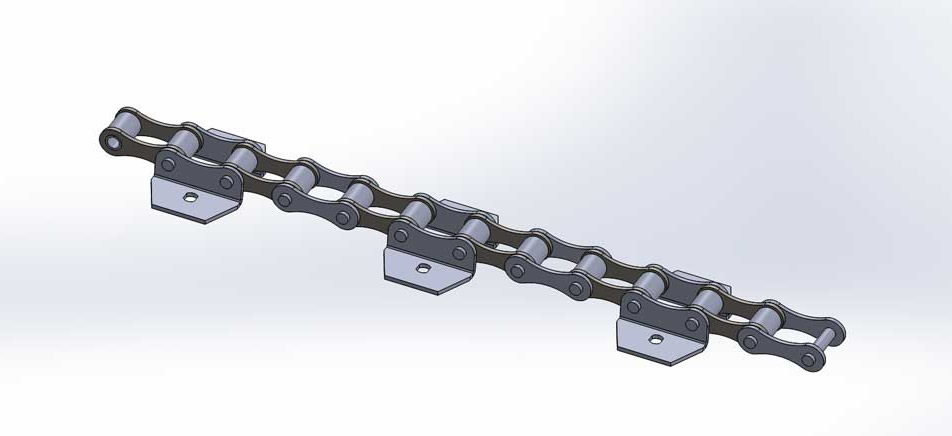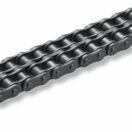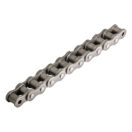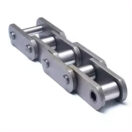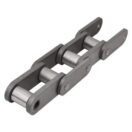What is Clayson Chain?
Clayson chain is a part that often plays an important role in automotive and industrial machinery. These chains are high durability chains designed specifically for heavy-duty applications. In this article, we will take a detailed look at what Clayson chain is, how it works and its importance in the industry.
- Clayson chain is named after Clayson, an old British company that often manufactured agricultural machinery. These chains are ideal for applications that require high performance, especially in harsh conditions. Made from high-tension and friction-resistant materials, these chains offer long-lasting use.
- Clayson chain is used to transmit rotational motion between sprocket wheels. These chains fit perfectly to the sprocket wheels, allowing the machine to operate more efficiently. The design of the chain allows for high torque and power transmission, while at the same time minimizing energy loss.
- In addition to its high performance, Clayson chains stand out with their durability and long life. Suitable for heavy-duty applications, these chains are also resistant to harsh environmental conditions. In addition, it reduces operational costs with low maintenance needs and offers an economical option for businesses.
Clayson chain is an indispensable solution for businesses looking for high performance and reliability in industrial applications. These chains ensure more efficient and long-lasting operation of machinery, especially in heavy-duty sectors. With high durability and low maintenance, Clayson chains continue to set industry standards by delivering high productivity even in harsh working conditions. Thanks to their superior properties, these chains are preferred by more and more industries and play an important role in improving the performance of machines.
Clayson Chain Manufacturer
As Makelsan Chain, we manufacture high-quality Clayson chains in Turkey. You can get immediate information about our Clayson chains, which are produced using first-class materials! –which are manufactured using the best quality materials with their material certifications and tests.
Clayson Chain Dimensions
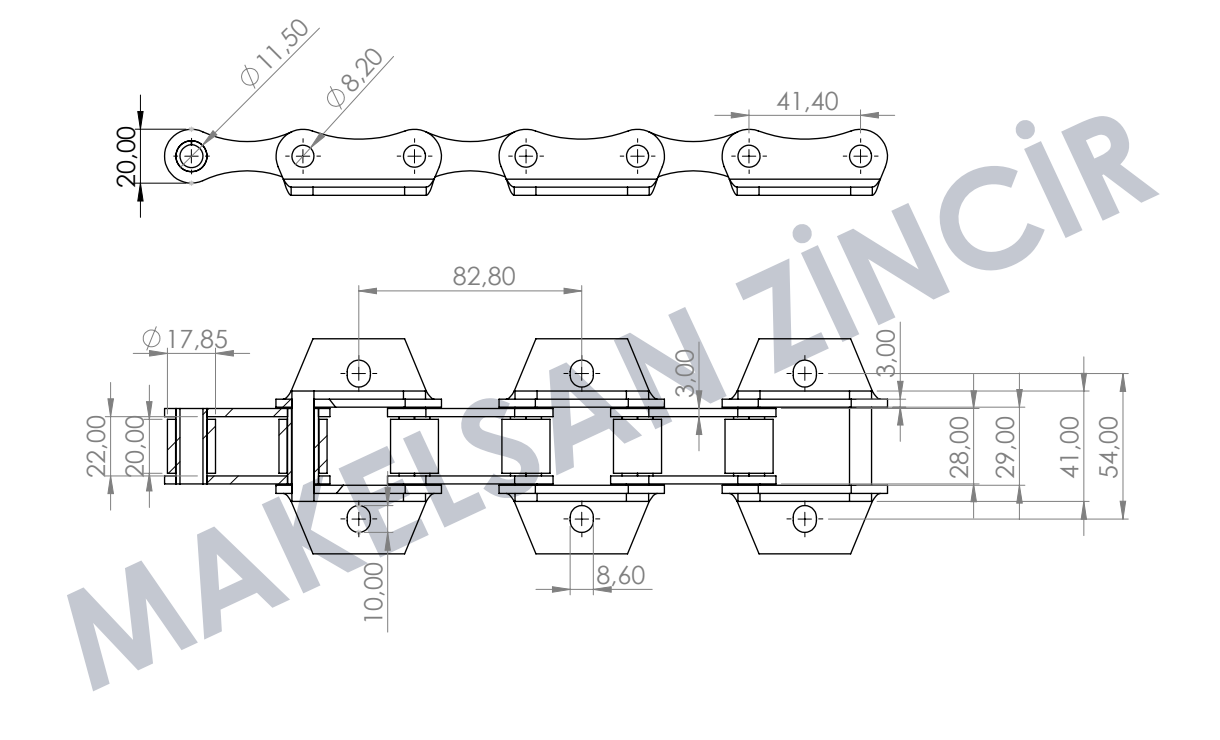
What Does Clayson Chain Do?
Clayson chain is an important component that provides motion and power transmission in various machinery and equipment. These chains, which are widely used especially in agricultural, automotive and industrial machinery, attract attention with their strong and durable structure. The functionality of the Clayson chain is one of the main reasons why it is preferred in many sectors with its high efficiency and long-lasting use.
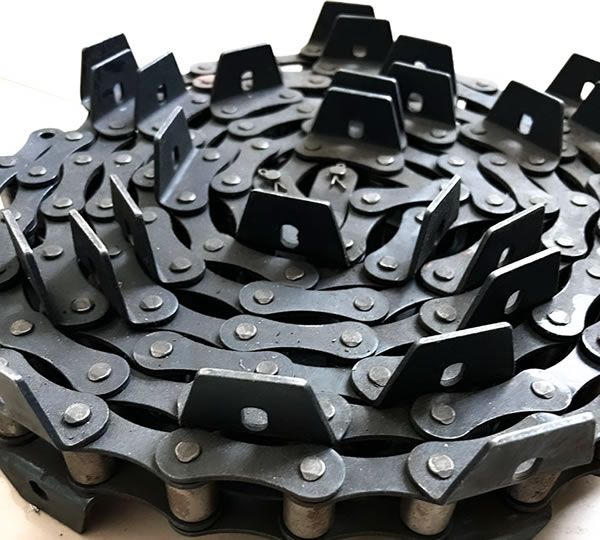
Applications of Clayson Chain
- Power Transmission: The Clayson chain transfers energy from the engine or other power source to other parts of the machine. These chains are particularly effective in applications requiring high torque.
- Motion Synchronization: The chain provides timing and speed synchronization between different parts of the machine. This feature is especially vital for agricultural and production machines that require precise operations.
- Durability and Reliability: Clayson chain is designed for heavy-duty conditions. Its high wear resistance ensures that the chain runs reliably for long periods of time, even in harsh conditions.
- Low Maintenance: These chains are known for their structure that does not require regular maintenance and offers long-lasting use. This feature helps to reduce operating costs.
Clayson chain is considered an indispensable component in a wide range of industrial applications requiring high performance and reliability. With its robust construction, high durability and low maintenance requirements, Clayson chains play a critical role in helping businesses increase their productivity and ensure operational continuity.
What Materials Are Clayson Chains Made of?
Clayson chain is manufactured from a variety of materials to ensure high durability and long-lasting performance. The clation chain material is selected according to the industry and application where the chain is used. Here are the main materials used in the production of Clayson chain:
- Steel:
Most Clayson chain is manufactured using various steel alloys to provide high strength and abrasion resistance. Carbon steel is one of the most commonly used materials and offers a good cost performance ratio. Alloy steels are preferred, especially in heavy-duty applications, because they have higher load capacities and better resistance to corrosive environments. - Stainless Steel:
For specialized applications such as food processing and chemical processing, chains made of stainless steel are used. This material provides corrosion resistance and is ideal in environments that require hygienic conditions. Stainless steel is also used in applications exposed to high temperatures and corrosive substances. - Nickel Alloy Steel:
Some Clayson chains are manufactured from nickel alloy steel, specifically for use in high temperature environments. This material offers excellent resistance to temperature changes and minimizes problems associated with thermal expansion. - Galvanized Steel:
For outdoor applications and use in humid environments, Clayson chains are sometimes made from galvanized steel. The galvanizing process adds a protective layer of zinc to the steel, providing extra protection against corrosion. - Thermoplastics and Composite Materials:
For applications looking for lighter weight solutions, Clayson chains made of thermoplastic or composite materials are also available. These materials are particularly suitable for situations requiring properties such as noise reduction and abrasion resistance. In addition, such materials have electrically insulating properties, making them preferred in electronics manufacturing processes.
The choice of material for Clayson chains depends on the specific requirements of the application in which they will be used. Each material offers unique advantages for a particular application and affects the overall performance of the chain. Characteristics such as chain durability, wear resistance and load capacity vary depending on the material selected. Therefore, choosing the right chain plays a critical role in the success of the application.
In Which Industries Is Clayson Chain Used?
Clayson chain is a preferred component in many industries due to its versatile and durable construction. These chains are designed for harsh working conditions and have a wide range of applications. Here are the main industries where Clayson chain is used:
- Agriculture
- Automotive
- Food Processing
- Production Assembly
- Construction and Mining
- Energy Production
- Packaging and Logistics
Thanks to its high strength and adaptability, Clayson chain has become an integral part of critical operations in a variety of industries. Each industry benefits from its unique advantages in different ways, making Clayson chains indispensable in industrial applications.

